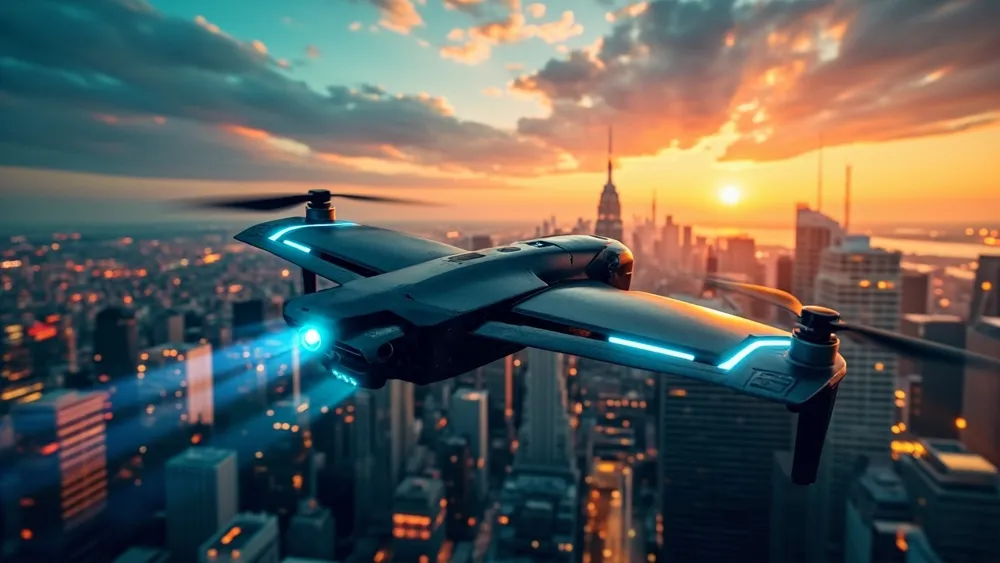AI-Powered Drones Soar in China, Redefining the Future of Aerial Intelligence

SHENZHEN, May 26 (Xinhua) -- The drone industry in China is entering a transformative phase characterized by increased cognitive capabilities. Artificial intelligence (AI) is playing a pivotal role in this evolution, transitioning unmanned systems from merely remote-controlled devices into autonomous problem-solving entities.
At the recently concluded ninth Drone World Congress in Shenzhen, approximately 825 enterprises presented over 5,000 drone models. A critical highlight was the emergence of "AI+" innovations that are redefining applications across various sectors, including infrastructure, heritage preservation, disaster response, and urban governance.
A notable example of this shift is represented by DJI's Matrice 4E drone, which was utilized in a restoration initiative for the 1,300-year-old Nankan Grottoes in Sichuan Province. By autonomously determining precise flight paths around the challenging terrain, this drone successfully gathered 18 GB of imagery, enabling the generation of a detailed 3D model within just 1.5 hours.
"This AI-driven workflow has significantly simplified processes that previously required extensive manual modeling, thereby democratizing access to sophisticated applications," stated Cui Yu, a solutions engineer at DJI. He emphasized that integrated neural processors are now enabling real-time decision-making capabilities.
In energy sectors, drones outfitted with lightweight AI chips autonomously launch, inspect facilities, and return for battery replacement. In emergency situations, such drones, including those from Autel Robotics, are deployed in landslide areas to swiftly create real-time 3D terrain models, shortening rescue operation planning from hours to mere minutes.
"Envision directing a drone to patrol an area; it can autonomously devise routes, identify irregularities, and collaborate with robotic units," explained Liu Guozheng, marketing director at Autel. He outlined ambitious plans for "embodied AI" that would effectively manage cross-system operations.
Shenzhen’s drone production witnessed a 48.2 percent increase in civilian drones during the first quarter of this year. Companies such as Wisson Robotics have started merging biomimetic robotics with aerial technology, utilizing drones equipped with flexible arms for tasks like replacing navigation bulbs on the Yangtze River and clearing debris from solar panels during storms.
"Tactile AI technology enables non-contact operations in adverse weather conditions, a feat unachievable with traditional rigid systems," commented Cheng Hui of Wisson, highlighting the drones' capability to carry loads many times their own weight.
Nevertheless, challenges persist in the industry. Technical limitations related to battery life and electromagnetic interference hindering navigation, alongside regulatory frameworks that are struggling to keep pace with rapid technological advancements, pose significant obstacles. "Safety remains paramount," said Yang Peng, Secretary-General of the Drone World Congress, who acknowledged the growing demand for data privacy protections.
Read These Next

Car Collides with Crowd in Central Liverpool, England
A car hit pedestrians in central Liverpool during Liverpool FC's victory parade, causing injuries; police are investigating.

LEGOLAND Shanghai Resort Starts Trial Operations Before July Opening
LEGOLAND Shanghai Resort, the largest globally, will start trial operations ahead of its July grand opening, boosting tourism.

Trump to Pardon Sheriff Convicted of "Exchanging Cash for Police Badges"
On May 27, 2025, Trump pardoned ex-Sheriff Scott Jenkins, raising global concerns over US legal fairness and investment trust.
